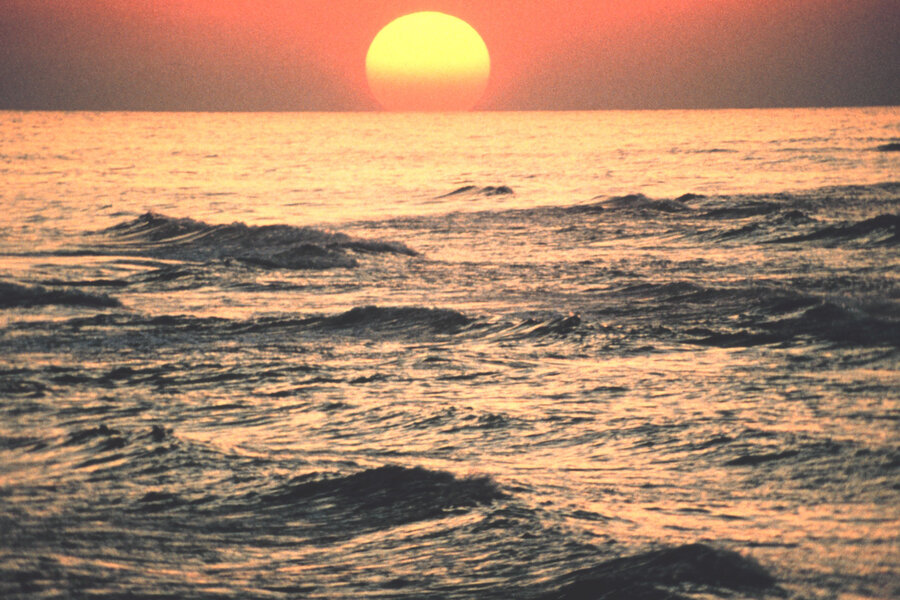Dawn of the 'dead zone': NOAA releases Gulf of Mexico forecast
Loading...
The National Oceanic and Atmospheric Administration is predicting another “dead zone” off the coast of Louisiana this summer.
The Gulf of Mexico will be home to an area of little to no oxygen nearly 5,900 square miles, an area slightly larger than Connecticut, according to the NOAA forecast. The confirmed size of the dead zone won’t be released until August, after NOAA has a chance to survey the area from July 24 to Aug. 1.
Because of the lack of oxygen, fish and other marine life that enter these waters are forced to either leave the area or risk suffocation.
“Dead zones are a real threat to Gulf fisheries and the communities that rely on them,” said Russell Callender, assistant NOAA administrator for the National Ocean Service, in a press release. “We’ll continue to work with our partners to advance the science to reduce that threat. One way we’re doing that is by using new tools and resources, like better predictive models, to provide better information to communities and businesses.”
Officials say that the dead zone has remained more or less the same size in annual measurements taken each July for several years. NOAA experts estimate the size of the dead zone using multiple models that are also used to forecast large-scale weather events, like hurricanes.
Nutrients in the runoff from industrial agriculture, sewage, and other sources contribute to the dead zone, also called a hypoxic zone. Algae feed on these nutrients, leading to algae blooms. Those blooms in turn feed microscopic animals. When the algae and those organisms die, the decomposition process sucks oxygen out of the marine environment. Such a low-oxygen environment can suffocate the remaining animals.
This year marks the second year NOAA is using a four-model forecast, composed of four individual projections for the dead zone. NOAA forecasts nitrogen and phosphorous levels in the Mississippi and Atchafalaya rivers, and uses the data to determine if runoff recommendation targets are being met. The agency says reducing the flow of these nutrients to the Gulf would help improve the situation in the dead zone.
“By expanding the real-time nitrate monitoring network with partners throughout the basin, USGS is improving our understanding of where, when, and how much nitrate is pulsing out of small streams and large rivers and ultimately emptying to the Gulf of Mexico,” Sarah Ryker, acting deputy assistant secretary for water and science at the Department of the Interior, said in a statement.
This report contains material from the Associated Press.








